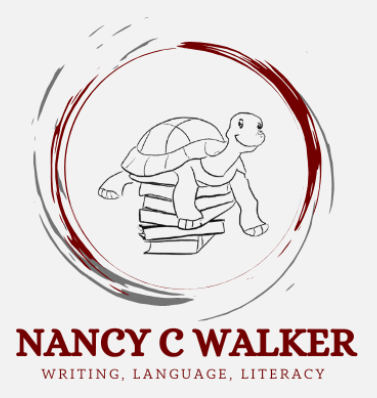This article is part of a series about how you can plot a novel.
The classic three-act structure works well, which is why it’s so popular, but sometimes you need a little more guidance. Enter the Seven-Point Structure, popularized by author Dan Wells. Think of it as a more detailed roadmap for your story, hitting all the crucial moments that keep readers hooked.
Let’s break down these seven points, using the classic tale of Cinderella as our example:
1. The Hook
This is the initial moment that grabs the reader’s attention and introduces the protagonist and their world. It often presents a problem or conflict that sets the story in motion.
- Example: Cinderella is introduced, a kind young woman living in servitude to her cruel stepmother and stepsisters after her father’s death.
2. Plot Turn 1
This is the first major turning point in the story, where the protagonist is faced with a choice or challenge that propels them into the major conflict. It often disrupts their ordinary life and sets them on a new path.
- Example: An invitation arrives for a royal ball, offering a chance for all eligible maidens to meet the Prince, sparking hope in Cinderella but immediate disdain from her stepfamily.
3. Pinch Point 1
This is a moment of increased tension or danger where the stakes are raised and the protagonist faces a setback or obstacle. It serves to remind the reader of the conflict and the challenges ahead.
- Example: Cinderella’s stepmother cruelly forbids her from attending the ball and gives her an impossible list of chores, ensuring she cannot go.
4. The Midpoint
This is the halfway point of the story, where a significant event or revelation occurs. It can be a turning point in the protagonist’s journey, a moment of truth, or a change in the power dynamic.
- Example: Cinderella, aided by her Fairy Godmother, is transformed and arrives at the ball, dazzling everyone and capturing the Prince’s attention, shifting her power dynamic from powerless servant to admired guest.
5. Pinch Point 2
Similar to the first pinch point, this is another moment of heightened tension or danger. It further complicates the conflict and puts the protagonist in a difficult position.
- Example: The clock strikes midnight, and Cinderella must flee, losing a glass slipper on the palace steps as she reverts to her rags, with the Prince left only with the slipper and a mystery.
6. Plot Turn 2
This is the second major turning point in the story, where the protagonist makes a crucial decision or takes decisive action. It often leads to the climax and sets the stage for the ultimate confrontation.
- Example: The Prince declares he will marry the woman whose foot fits the glass slipper, and his Grand Duke begins a kingdom-wide search, creating a direct path for Cinderella to claim her destiny.
7. The Resolution
This is the last point of the story, where the conflict is resolved and the protagonist’s journey ends. It can be a happy ending, a tragic ending, or a bittersweet ending, depending on the story’s themes and message.
- Example: Despite her stepmother’s attempts to prevent it, Cinderella tries on the slipper, which fits perfectly. She is reunited with the Prince, and they marry, living happily ever after, breaking free from her past oppression.
Remember, this seven-point structure is a fantastic guide, but it’s not a strict rulebook! Bend and adapt it to fit your unique story and style. The goal is always to create a narrative that truly connects with your readers. Happy writing!

